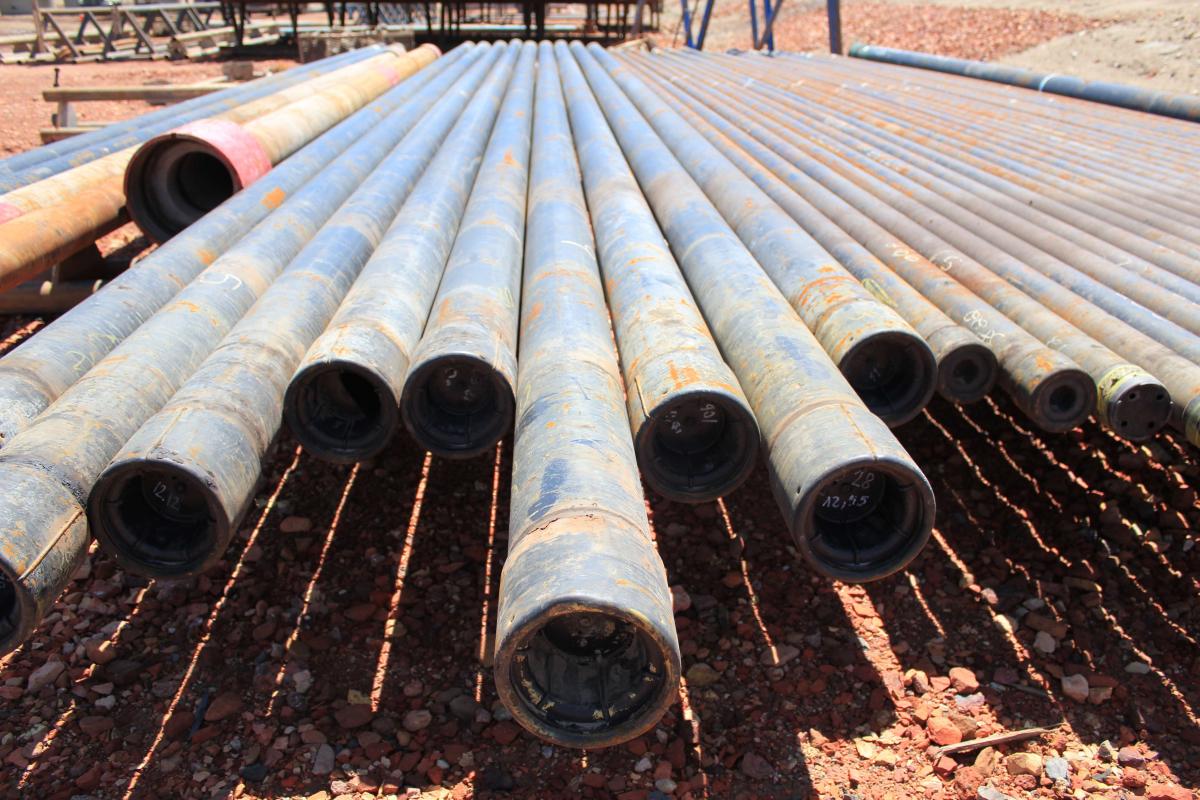On November 7, the U.S. Army Corps of Engineers put out a statement that said that the Dakota Access Pipeline (DAPL) had agreed to halt its controversial ongoing construction in North Dakota.
The following day, which happens to have been Election Day, [so non-election news went largely uncovered], the owners of the pipeline project said, “Not so fast!” Vicki Granado, a spokeswoman for project owner Energy Transfer Equity, blasted out to her email list a statement saying that the ACE representation of its agreement “was a mistake and the Army Corps intends to rescind it.”
A heck of a mistake!
The DAPL is designed to connect the Bakken Formation in North Dakota with Patoka Hub, in Illinois, the same site that now receives oil from Louisiana (through the Capline) and Wood River (through the Woodpat) and sends it on to Texas refineries via the Pegasus. Completion of the DAPL will considerably increase the importance of that terminal.
More important, it will allow 470,000 daily barrels worth of crude from the Bakken to continue on their way to refineries.
The Bakken formation is a vast geological structure named after the farmer who owned the land when oil was discovered there in 1951. Over the decades, new techniques for the recovery of oil previously inaccessible have been developed, making the Bakken a geological matter of great importance. In 2014, North Dakota produced enough oil to account for more than four times the per capita oil wealth of Saudi Arabia.
Bakken has become of significance not only in the U.S. but even in the world oil picture. It is a big part of a renaissance that has driven down the price of crude in recent years and has defied last century’s talk of an imminent production “peak”.
Given that context, the resistance to the DAPL route matters. If the managers of the project had agreed to halt construction along the Lake Oahe route, that in turn would matter. But as the statement said, the project managers are “currently mobilizing horizontal drilling equipment to the drill box site in preparation for the tunneling under Lake Oahe.” This mobilization will be complete within two weeks and actual drilling should begin then.
“Dakota Access remains confident that it will receive the easement for these two strips of land adjacent to Lake Oahe in a time frame that will not result in any significant delay….”
Separately, ETE declared a $0.285 dividend on October 27, ex-div Nov. 3, payable November 18.
Headline Arb
ETE’s stock price has been very much headline driven of late. On October 10, an actress was arrested while protesting the pipeline route, and she broadcast video of her arrest via Facebook Live. That day, the stock closed at $16.35. Two days later, it was down to $15.58. Over days of relative peace thereafter, the price rose again to close at $16.61 on October 19. On October 25, tribal leaders demanded a Justice Department investigation of what they alleged were civil rights violations of the protestors, and thus contributed to a decline in the stock price that brought ETE to $13.80 at close of November 4.
Interestingly, there was a great deal of ambivalence in the oil patch during the campaign for president. Reuters reported on October 24, working from federal campaign finance filings, that the oil industry’s contributions were about equally split between the Clinton and Trump campaigns.
Still, the stock moves show that the shifting political situation has allowed for headline arbitrage plays, and Granado’s Election Day statement, quoted above, indicates that the work is continuing, which surely means that protests will continue, as will opportunities for such arb. The election of Donald Trump has been good news for shareholders in ETE.




